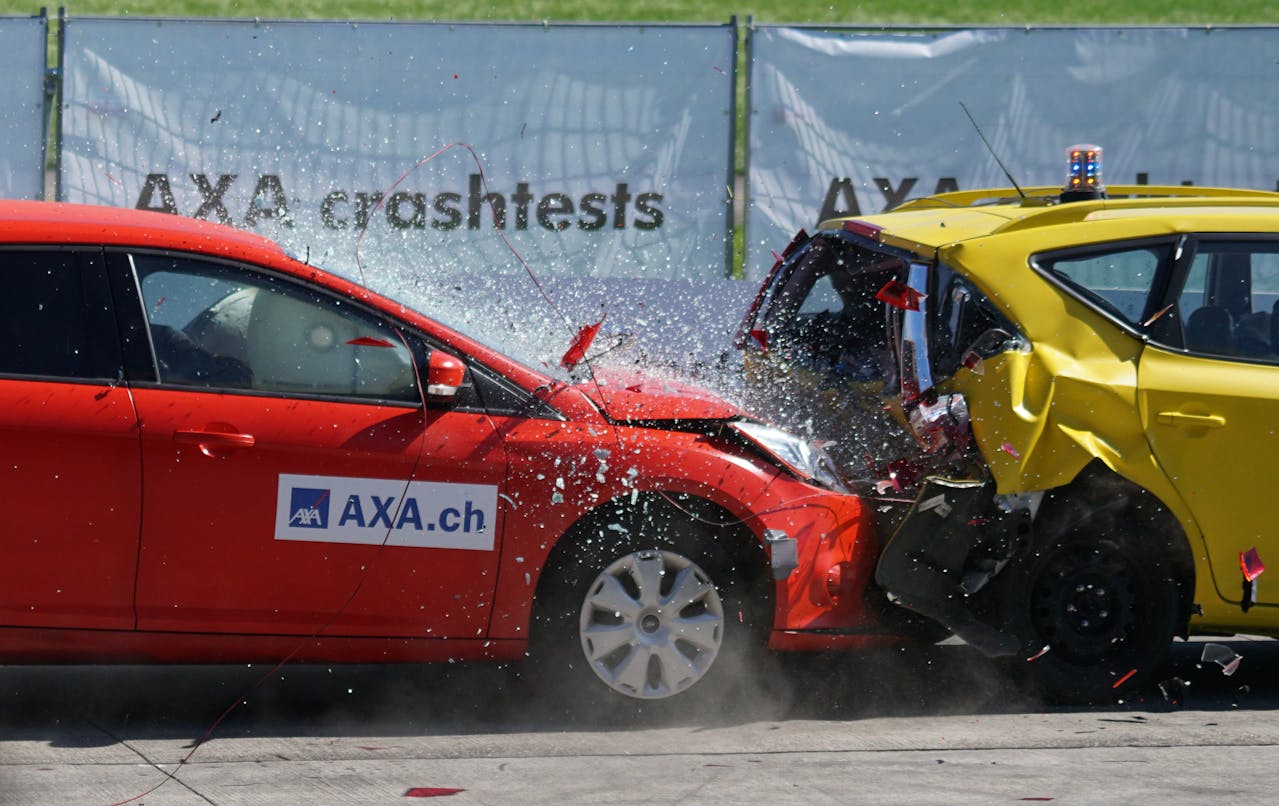When it comes to cars, most people think of speed, style, and performance. But behind the horsepower and aesthetics lies one of the most critical components of the automotive industry: safety. From crash test dummies to AI-assisted driving, the technology behind vehicle safety has seen exponential advancement over the last few decades. As we look to the future, the intersection of automotive innovation and safety resilience is more important than ever.
Understanding the foundations of car safety
Safety in the automotive world can be broadly divided into two categories: active and passive safety. Active safety refers to systems designed to prevent accidents from occurring in the first place. Think anti-lock braking systems (ABS), traction control, electronic stability programs (ESP), and lane-keeping assist. These technologies constantly monitor the environment and the behavior of the car to reduce the likelihood of an accident.
Passive safety, on the other hand, comes into play when a crash is inevitable. Airbags, seatbelts, crumple zones, and reinforced cabins are engineered to absorb impact and protect the occupants from injury. It’s a dual strategy that requires constant refinement, especially as vehicle designs, materials, and driving habits evolve.
The role of AI and automation in preventing collisions
As the automotive industry races toward full autonomy, artificial intelligence has become a key player in improving road safety. Modern vehicles are increasingly equipped with a suite of advanced driver-assistance systems (ADAS) that leverage sensors, cameras, and radar to detect and respond to hazards.
Features like adaptive cruise control, automatic emergency braking, and pedestrian detection are no longer reserved for luxury models. Mass-market vehicles are now being produced with these life-saving technologies as standard, bridging the gap between convenience and security.
Autonomous driving doesn’t just promise convenience. With over 90% of traffic accidents attributed to human error, eliminating the unpredictability of human behavior could significantly reduce road fatalities. However, as with any emerging technology, autonomous systems still require robust testing, clear legislation, and public trust before mass adoption becomes reality.
Post-collision innovation
While technology works hard to prevent collisions, accidents can still occur. That’s where emergency response technology plays a vital role. Every second counts in a post-crash scenario, especially when lives are at stake and occupants are trapped inside mangled vehicles.
This is where companies like Holmatro rescue come into play. Specialized in high-performance rescue equipment, Holmatro’s tools are engineered to give emergency responders the speed, precision, and strength required to save lives in critical situations. Their hydraulic cutters and spreaders can tear through modern automotive materials—many of which are tougher and more complex than ever before—enabling efficient extrication of accident victims.
The future of automotive safety doesn’t just lie in preventing crashes but also in optimizing the rescue process when they happen.
Materials and design
Another critical aspect of safety innovation is the material science behind modern cars. Traditional steel frames have given way to a blend of ultra-high-strength steel, aluminum, and even carbon fiber in some high-end models. These materials reduce weight (increasing fuel efficiency and performance) while improving structural integrity during impacts.
Vehicle manufacturers are also using computer-aided design and simulation tools to optimize crumple zones and cabin reinforcements. In simulated crash environments, designers can test how a car deforms on impact, adjusting the geometry to ensure maximum energy absorption away from the passengers.
Combined with smart restraint systems—like seat belts that tighten before impact and multi-stage airbags—these design elements work together to create a protective cocoon for vehicle occupants.
Vehicle-to-everything (V2X) communication
Looking further ahead, Vehicle-to-Everything (V2X) technology represents a new frontier in road safety. By allowing cars to communicate not just with each other (V2V) but with traffic lights, road signs, and even pedestrians’ smartphones (V2I and V2P), we are paving the way for an interconnected transportation ecosystem.
Imagine a scenario where your car warns you of a speeding vehicle approaching an intersection—even if it’s not yet visible. Or a school zone speed limit is automatically enforced when children are nearby. These kinds of real-time data exchanges could drastically improve road safety, especially in urban environments.
Safety is a shared responsibility
As impressive as automotive safety technology has become, it cannot replace human responsibility. Safe driving habits, regular vehicle maintenance, and awareness on the road remain essential. While we are rapidly transitioning into a future where cars do more of the thinking, drivers must remain engaged and informed.
Moreover, innovation must be matched with education. Consumers need to understand how to properly use the safety features in their vehicles. An advanced system is only as effective as the driver’s ability to utilize it correctly.
In the end, automotive safety isn’t just about machines or AI—it’s about a collective effort from manufacturers, governments, emergency services, and drivers themselves. The future may be automated, but safety will always require a human touch.









